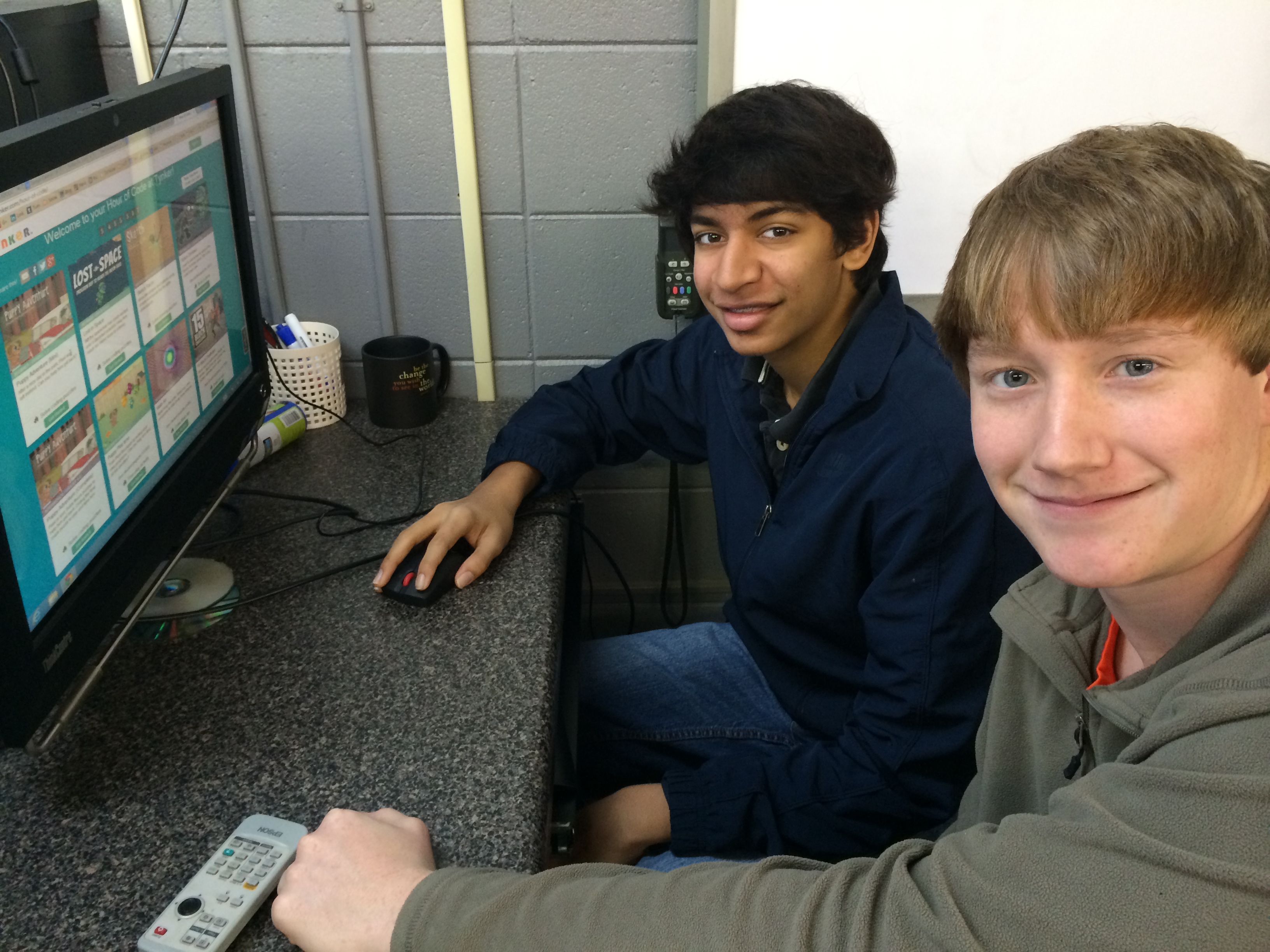 “In the next 10 years there will be 1.4 million Computer Science jobs in the US and only 400,000 people to fill those jobs. Coding is something that every person and student can do, they just need the door opened,” says Vicki Davis, Computer Science Teacher and IT Director at Westwood Schools, Camilla, GA.
“In the next 10 years there will be 1.4 million Computer Science jobs in the US and only 400,000 people to fill those jobs. Coding is something that every person and student can do, they just need the door opened,” says Vicki Davis, Computer Science Teacher and IT Director at Westwood Schools, Camilla, GA.
Vicki Davis (@coolcatteacher on Twitter) blogs at the award winning “Cool Cat Teacher” blog and writes online about how to use technology in the classroom. Her second book, Reinventing Writing, will be out in May from Routledge Publishing. She is a full time teacher and technology director at Westwood Schools where every student receives 2 ½ years of computer and computer science related coursework as part of the curriculum.
During our Hour of Code celebration, my ninth and tenth grade students reviewed all of the resources available and selected the apps that they liked for teaching younger students how to code. Many of the students selected Tynker as their preferred tool. Two student mentors shared their experience teaching:
Teaching Coding to Kids Using Tynker
By: Cole S. and Akshay P., 9th grade students at Westwood
Tynker is an excellent way to teach children in elementary school the basics of programming or coding cool games. This tool can be used to teach children from grades K to 5 but some at higher levels can enjoy it too. The games on the Tynker page are ranked from beginner to intermediate to show the difficulty of coding or programming involved.
We used Tynker to help teach for the Hour of CodeTM. We showed the children a video, and told them how Tynker works. We then let the children loose and let them start one of the games in Tynker. The children understood how to program or code when we used the educational games, like Puppy Adventure (Mini) or Lost in Space, that simply showed them the basics of coding. We took the children through step by step helping and congratulating them along the way as they made their progress through the educational games.
We knew the children were having fun and were excited at the prospect of playing the games. One of the children said “I want to help make the puppy move!” Another child said “I made a space gun to blast the zombies away!”
After one hour of teaching the kids the basics of programming and coding, we wrapped up our class and gave the children certificates that served as proof of their completion of the Hour of Code.
We received a lot of positive feedback from the parents of the children, one of them saying “my child is excited about learning how to program games, it is like he has entered a whole new world.”

Tynker served as a foundation for learning how to code or program and has opened up another door in young children’s lives. We had more than 300 students participate in the Hour of Code using Tynker. We are looking forward to encourage more young people to try and learn to program or code.
Useful Links:
2 Comments
Pingbacks
-
[…] "During our Hour of Code celebration, my ninth and tenth grade students reviewed all of the resources available and selected the apps that they liked for teaching younger students how to code. Many of the students selected Tynker as their preferred tool. Two student mentors shared their experience teaching:" […]
-
[…] See on http://www.tynker.com […]





